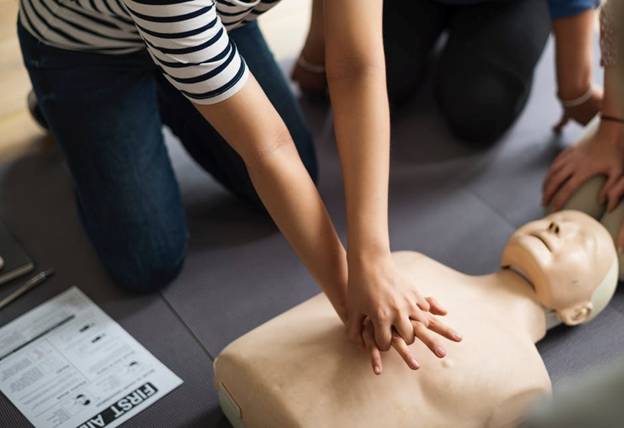Have you ever felt nervous when it comes to performing CPR? It’s an important life-saving skill that every American should be able to perform, yet it can be scary when you are faced with the situation.
There are a few things you should know when it comes to mastering your skills.
If you are interested in mastering CPR, continue reading. We are going to give you our top tips on how to get comfortable when it comes to performing CPR technique.
Get Certified
To become a certified CPR provider, you must demonstrate an understanding of the concepts and skills which can be accomplished in class or online. Successful completion of the exam will award the participant with a CPR certification card valid for two years allowing the holder to demonstrate CPR.
If a person is unable to renew their certification, re-training courses are available to ensure proper knowledge and skills are still known and maintained. Check it out today and find out more about our group discounts and take your CPR training today.
Hands-On Practice
First, they must learn the steps of CPR, which include calling 911, checking for responsiveness, positioning oneself to give chest compressions, and delivering rescue breaths. After learning the theory, a person should practice on a CPR manikin until they get the hang of the technique.
During hands-on practice, it is helpful to have an instructor who can guide one as they become comfortable with the manikin, the rhythm of compressions, and the use of rescue breaths.
Follow the Guidelines
It is important to always follow the guidelines set by a certified medical facility in order. This includes recognizing the signs of cardiac arrest and following the ABCs (airway, breathing, and circulation). To achieve mastery of the CPR technique, practice on a CPR dummy at least once a month.
Follow proper hand placement during chest compressions since incorrect placement can cause injury to the victim. During chest compressions, keep the pace and depth as worded in the guidelines. Make sure to switch between chest compressions and artificial respiration every 30 compressions.
Attend Refresher Courses
Instructors often equip participants with the necessary knowledge and skills to perform high-quality compressions and ventilation, facilitate safe and effective airway management, and correctly use an automated external defibrillator (AED). Additionally, potential drawbacks and pitfalls are discussed as well as strategies to avoid them.
It helps to ascertain that all medical personnel remains up to date with the most recent best practices for CPR techniques. Refresher courses continue to expand the knowledge base of medical personnel, enabling them to maintain life-saving skills.
Simulated Scenarios
You can find appropriate simulations online or enlist an instructor to assist. Start by reviewing the techniques involved in understanding the ABCs (airway, breathing, and circulation) of CPR. Once you have an understanding of the techniques, begin by simulating scenarios based on common types of medical emergencies that require CPR, such as:
- heart attack
- drowning incident
During the simulation, practice how to act in each scenario, including assessing the patient, responding appropriately to their condition, and executing the techniques necessary to perform basic CPR.
Unlocking the Secrets of CPR Technique
You should be able to master any CPR technique. It takes practice to become more proficient, so don’t give up! Make sure to always reevaluate your technique to ensure you are providing the best care possible. Remember, your diligence can help save a life. Be sure to find a certified CPR class to perfect your technique.
Looking for more life hacks and skills to help you live and thrive in the real world? Come back often for more blog content.





























